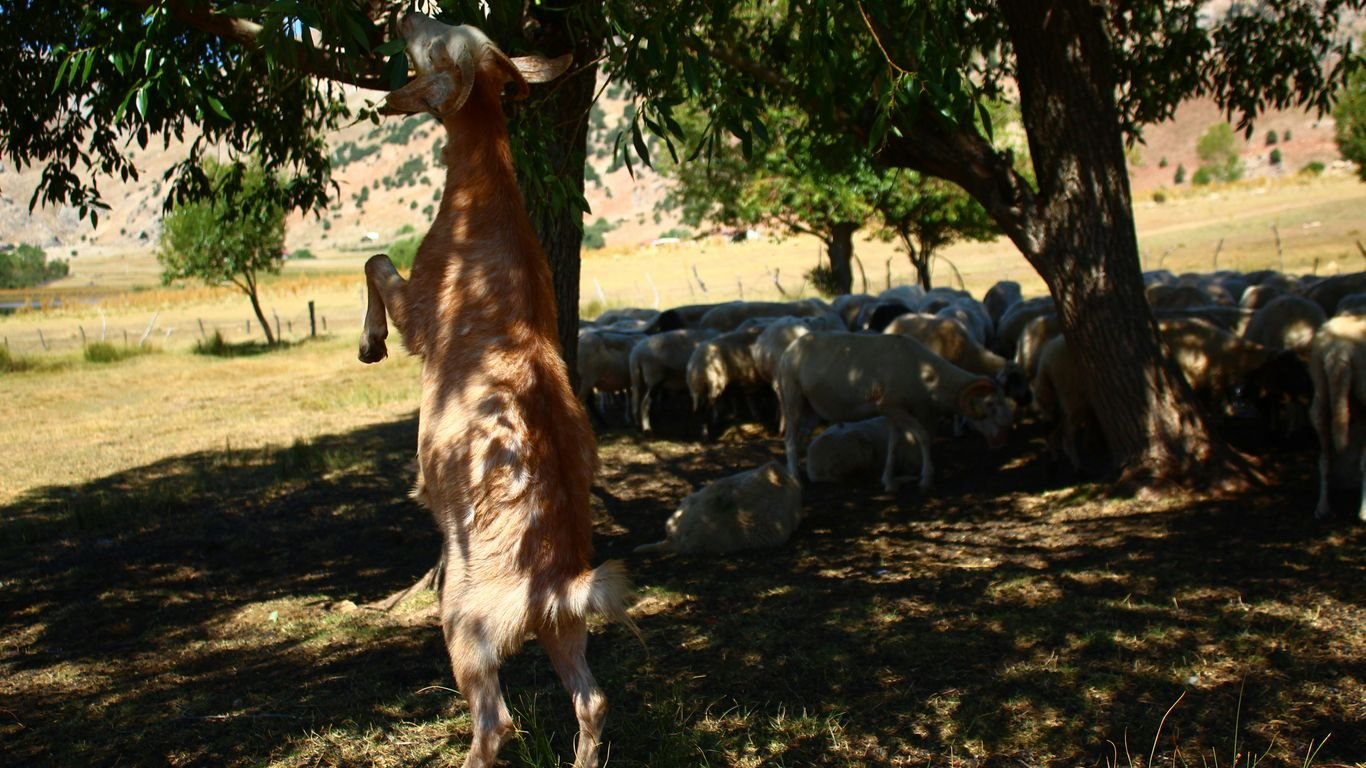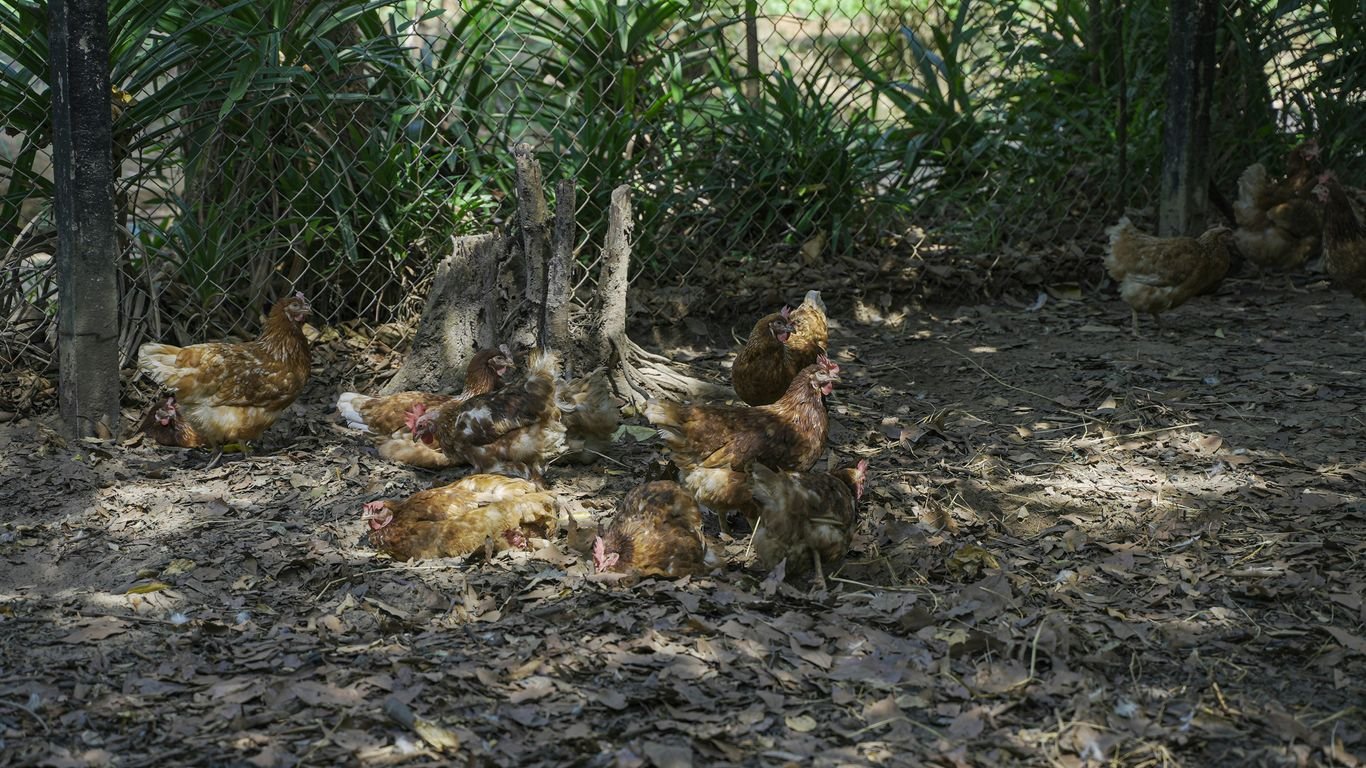Creating the Perfect Duck Pond for Your Homestead Flock

As the sun rises over my homestead, the first sounds I hear are the cheerful quacks and splashes of my beloved ducks, happily frolicking in their very own custom-built duck pond. From the soothing sounds of splashing water to the endless entertainment of watching ducks dabble and dive, a well-designed pond can truly enhance the quality of life for your ducks while adding a delightful touch of beauty to your homestead.
But building a duck pond is more than just digging a hole and filling it with water. There are several important factors to consider, from the size and depth of the pond to the materials used in its construction. In this comprehensive guide, I’ll walk you through the step-by-step process of creating the perfect duck pond for your homestead flock, complete with tips and tricks to ensure your ducks stay happy, healthy, and well-hydrated.
So, whether you’re a seasoned homesteader looking to upgrade your duck habitat or a newcomer to the world of waterfowl, read on to discover the secrets to building a duck pond that will become the centerpiece of your homestead.
Understanding the Basics of Duck Ponds
Before we dive into the nitty-gritty of pond construction, let’s first explore the essential elements of a duck pond and why they are so important for the well-being of your ducks:
Size and Depth
The size and depth of your duck pond will depend on the size of your flock and the available space on your homestead. As a general rule, aim for a pond that is at least 6 feet wide and 18 inches deep, with a gradual slope along the edges to allow for easy entry and exit. This will provide your ducks with ample room to swim, bathe, and play while ensuring that the water remains deep enough to prevent algae growth and stagnation.
Water Quality
Maintaining clean, fresh water is crucial for the health and happiness of your ducks. Your duck pond should be equipped with a reliable filtration system to remove debris, algae, and bacteria, and you should plan to change the water regularly to prevent the buildup of harmful contaminants. Consider using a biological filter or a UV sterilizer to keep your pond water crystal clear and safe for your ducks.
Landscaping and Shelter
In addition to the pond itself, it’s important to consider the surrounding landscape and provide your ducks with adequate shelter and shade. Plant native vegetation around the pond’s edges to create a natural, inviting environment and to provide cover from predators. You can also incorporate features like a small island or a raised platform for your ducks to rest and preen on.By understanding these basic principles, you’ll be well on your way to creating a duck pond that meets the needs of your feathered friends while enhancing the beauty and functionality of your homestead.
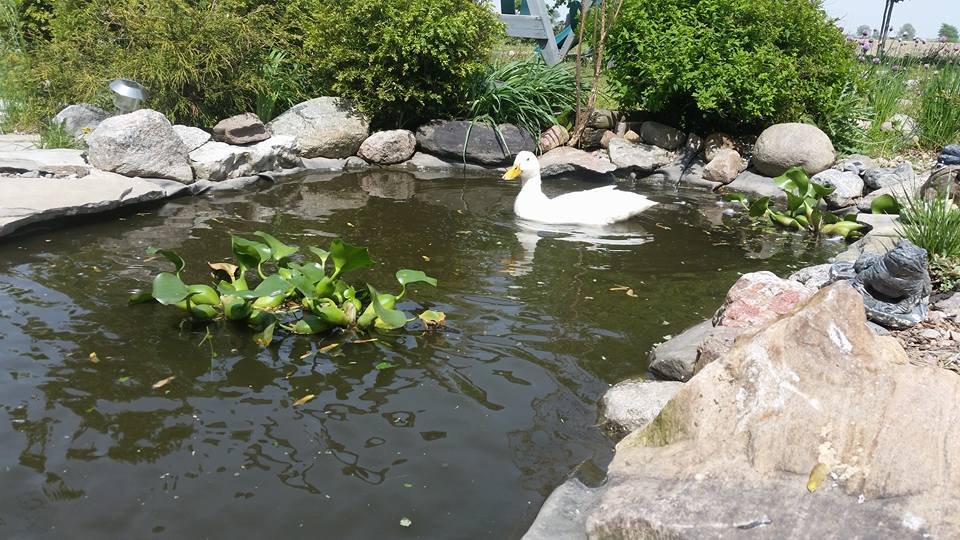
Choosing the Right Location for your Duck Pond
The location of your duck pond is crucial for its success and the well-being of your ducks. When selecting a site, consider the following factors:
Sun Exposure
Ducks thrive in areas with partial shade, so choose a location that receives a mix of sun and shade throughout the day. Avoid placing your pond in a spot that is completely shaded, as this can lead to the growth of algae and the accumulation of debris.
Drainage and Runoff
Make sure to choose a site that is well-drained and not prone to flooding or excessive runoff. Ideally, your duck pond should be located on a slight slope to allow for natural drainage and to prevent water from pooling around the edges.
Proximity to Other Structures
When positioning your duck pond, be mindful of its proximity to other structures on your homestead, such as your duck coop or your vegetable garden. You’ll want to strike a balance between providing your ducks with easy access to their water source while minimizing any potential conflicts or disturbances.By carefully considering the location of your duck pond, you’ll be able to create a safe, comfortable, and visually appealing environment for your ducks to thrive in.
Constructing Your Duck Pond
Now that you’ve chosen the perfect location for your duck pond, it’s time to start the construction process. Here’s a step-by-step guide to help you get started:
Preparing the Site
Begin by clearing the area of any debris, rocks, or vegetation. Use a shovel or a rototiller to loosen the soil and create a smooth, level surface for your pond liner.
Shaping the Duck Pond
Using a garden hose or a piece of string, outline the shape of your duck pond. Aim for a simple, natural shape that complements the surrounding landscape. Once you’re satisfied with the design, use a shovel to dig out the pond, creating a gradual slope along the edges and a flat bottom.
Adding the Liner
Line the bottom and sides of your pond with a durable, waterproof material, such as a pond liner or a heavy-duty tarp. Secure the liner in place with rocks or soil and make sure to smooth out any wrinkles or folds.
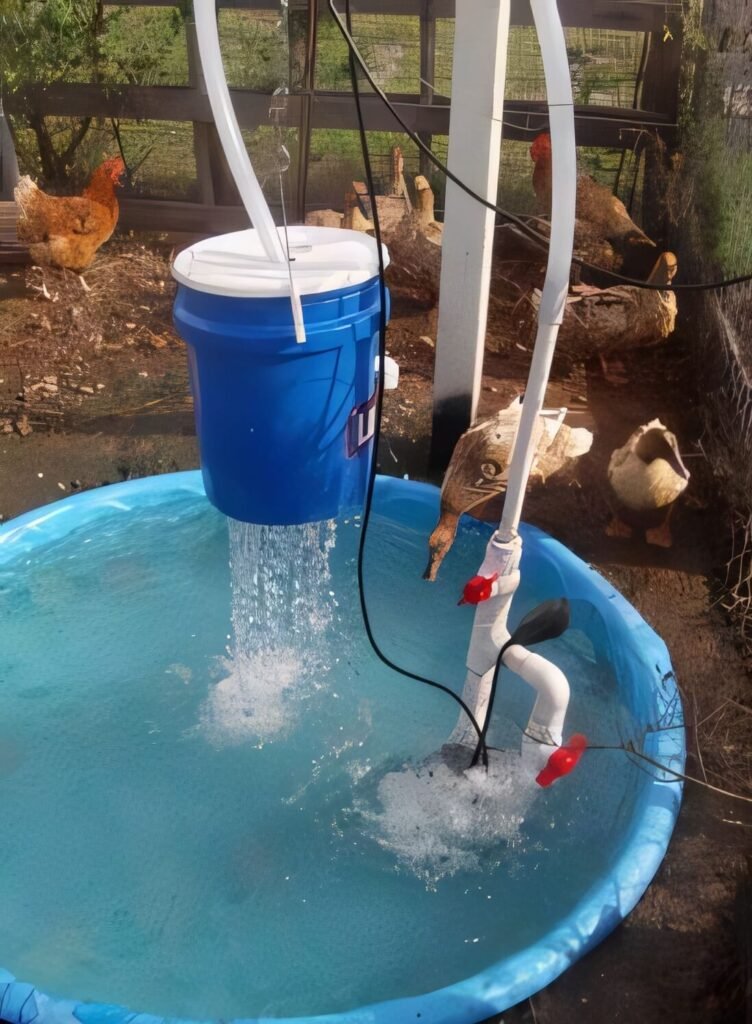
Installing the Filtration System
If you’re using a filtration system, now is the time to install it. Follow the manufacturer’s instructions carefully and make sure that the system is properly positioned and connected to the pond.
Filling the Pond
Once the liner and filtration system are in place, it’s time to fill your duck pond with water. Use a garden hose or a water pump to slowly fill the pond, taking care not to disturb the liner or the filtration system.
Landscaping and Finishing Touches
Finally, add the finishing touches to your duck pond by planting native vegetation around the edges and incorporating any additional features, such as a small island or a raised platform. You can also add a few rocks or boulders to create a more natural, rustic look.By following these steps and using high-quality materials, you’ll be able to create a duck pond that is not only functional but also visually stunning.
Maintaining Your Duck Pond
Once your duck pond is up and running, it’s important to maintain it regularly to ensure the health and happiness of your ducks. Here are some tips for keeping your pond in top condition:
Cleaning and Water Changes
Regularly clean your duck pond by removing any debris, such as leaves, feathers, or uneaten food. Change the water every few weeks to prevent the buildup of harmful contaminants and to keep the water fresh and clean.
Monitoring Water Quality in Your Duck Pond
Use a water testing kit to regularly monitor the pH levels and the presence of any harmful bacteria or algae in your pond. If you notice any issues, take immediate action to address them and restore the water to a healthy state.
Maintaining the Filtration System
If you’re using a filtration system, make sure to clean and maintain it according to the manufacturer’s instructions. Replace any worn or damaged parts as needed to ensure that your system is operating at peak efficiency.
Providing Shade and Shelter
Keep an eye on your ducks and make sure they have access to adequate shade and shelter throughout the day. If necessary, add additional plants or structures to provide more cover and protection.By following these maintenance tips and staying vigilant, you’ll be able to keep your duck pond in top shape and ensure the health and well-being of your feathered friends.
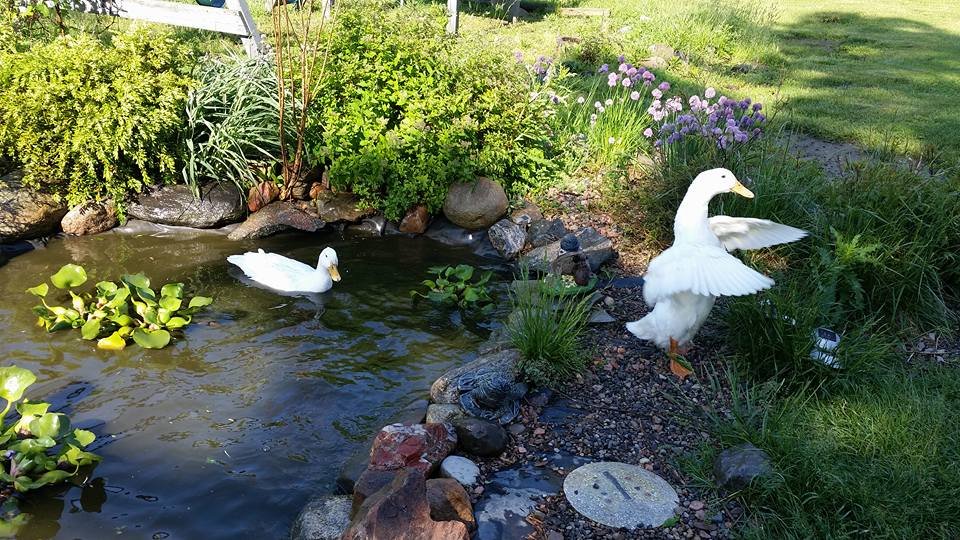
Tips and Tricks for Duck Pond Success
As you embark on your duck pond building journey, here are a few additional tips and tricks to help ensure your success:
- Consider the Size of Your Flock: Make sure to size your duck pond appropriately for the number of ducks you have. Overcrowding can lead to stress and health issues for your birds.
- Use Native Plants: When landscaping around your duck pond, choose native plants that are safe for ducks and that will thrive in your local climate. Avoid using any plants that may be toxic or harmful to your birds.
- Incorporate a Ramp: Add a ramp or a series of steps to your duck pond to make it easier for your ducks to enter and exit the water. This will help prevent any accidents or injuries.
- Provide a Dust Bath: In addition to their duck pond, make sure to provide your ducks with a designated dust bath area. Dust bathing is an important part of a duck’s grooming routine and helps them maintain healthy feathers and skin.
- Monitor for Predators: Keep a close eye on your duck pond and your ducks for any signs of predators. Consider adding fencing or other deterrents to keep your birds safe from harm.
By following these tips and staying on top of your pond maintenance, you’ll be well on your way to creating a thriving, healthy, and happy duck pond for your homestead flock.
Frequently Asked Questions about Duck Ponds
Q: How deep should a duck pond be?
A: As a general rule, aim for a pond depth of at least 18 inches, with a gradual slope along the edges. This will provide your ducks with enough water to swim and bathe while preventing the pond from becoming too shallow or stagnant.
Q: Do I need to use a pond liner?
A: Using a pond liner is highly recommended, as it will help prevent leaks and ensure that your pond holds water effectively. Look for a durable, waterproof liner that is designed for use in outdoor ponds and water features.
Q: How often should I change the water in my duck pond?
A: The frequency of water changes will depend on the size of your pond and the number of ducks using it. As a general guideline, aim to change the water every 2-4 weeks, or whenever the water starts to look cloudy or dirty.
Q: Can I use a natural pond or stream for my ducks?
A: While natural water sources can be a great option for ducks, it’s important to make sure that the water is clean, free of contaminants, and deep enough for your birds to swim in. You may also need to take additional steps to protect your ducks from predators if they are using a natural water source.
Q: How do I keep my duck pond from freezing in the winter?
A: To prevent your duck pond from freezing over in cold weather, consider using a pond de-icer or a floating pond heater. These devices will help keep a portion of the pond open and accessible to your ducks throughout the winter months.
By addressing these common questions, you’ll be well-equipped to confidently create and maintain a thriving duck pond for your homestead flock.
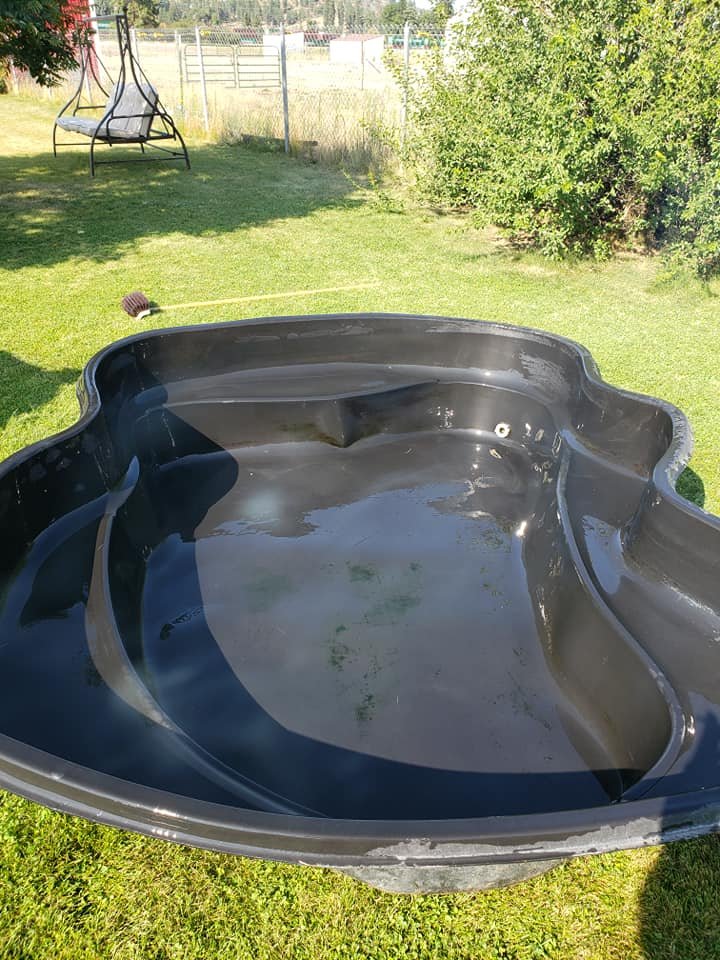
Your Duck Pond Journey
Creating a duck pond on your homestead is a rewarding and enriching experience that can provide countless benefits for both you and your feathered friends. From the soothing sounds of splashing water to the endless entertainment of watching ducks dabble and dive, a well-designed pond can truly enhance the quality of life for your ducks while adding a delightful touch of beauty to your homestead.
By following the tips and advice outlined in this guide, you’ll be well on your way to creating a duck pond that meets the needs of your ducks while complementing the unique character of your homestead. So why not dive in and start planning your own duck pond today? Your ducks will thank you with a lifetime of joy, laughter, and delicious eggs!




